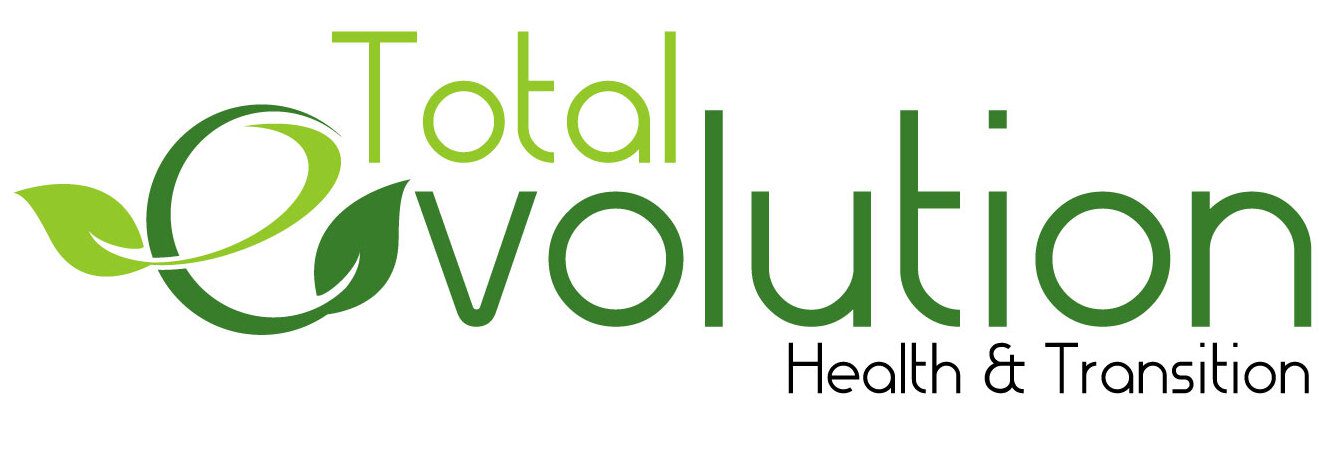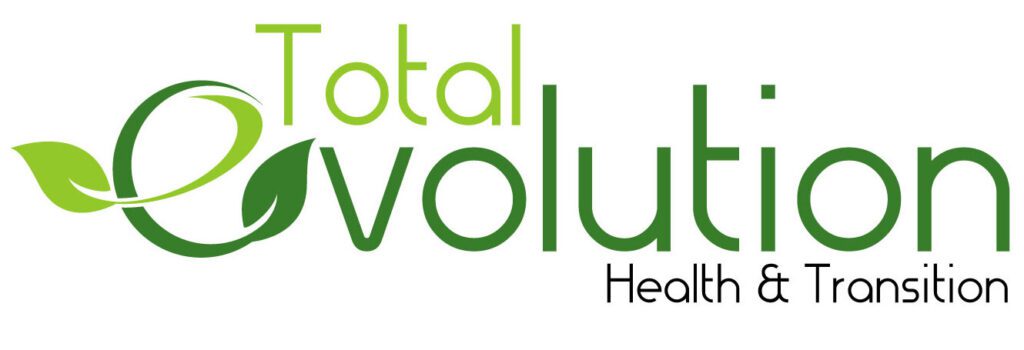Did you know there are over 6,000 books on Amazon dedicated to the topic of habits? It’s no surprise, considering the profound impact our daily routines have on our lives. What you do repeatedly shapes your thoughts, appearance, emotions, actions, reactions, etc. But have you ever paused to consider why you engage in these habits?
Consider brushing your teeth, for example. It’s not a habit we developed easily as children. Our parents had to constantly remind us, schools reinforced it, and regular dentist visits either rewarded our diligence or highlighted our lapses with cavities and fillings. Dental hygiene is crucial not only for our overall health but also for its social and societal implications, affecting various aspects of our lives. As adults, now that this habit is well established, many of us can’t start our day or leave the house without brushing our teeth. This simple habit, which takes just about 5 minutes a day, significantly impacts our health, physical appearance, and overall well-being throughout our entire lives.
Now, let’s consider a bad habit, like smoking. How does this habit develop? Obviously, the presence of an addictive chemical plays a significant role, but there’s more to it. For me, smoking was intertwined with the breaks and camaraderie I experienced as a waitress in a busy and highly pretentious restaurant. It was a breath of menthol-fresh air in a quiet break room filled with sarcastically hilarious, transient coworkers hustling hard on the floor with a quick smile often with the patience of saints. I think we all found a sense of peace and an almost unbreakable brotherhood in those moments among our motley crew of lifers, college students, and everything in between. There was an emotional draw to the habit that brought about a feeling of calm and quiet peppered with laughter, so it is easy to see how it began… And so you know how it can end with many pack-a-day + smokers, as well.
An individual’s limbic system (emotion) and cortex (logic) play crucial roles in cognitive behavior, influencing our lifestyle and habit loops. Recognizing that our daily habits shape much of our reality is just the first step. If you want to achieve specific goals, you need to start integrating small, supportive habits into your daily routine. Whether your goal is to write a book, run a marathon, clean out your closet, try a new recipe, or travel with ease, there is always a baby step or a slight improvement that will help you get there.
The same principle applies to breaking habits that no longer serve your goals, especially if they hinder your progress in taking those small steps. You might find it easier to drop a habit by replacing it with one that aligns with your objectives. For instance, training for a marathon requires significant effort, and gradually reducing, then eliminating smoking can make the process easier and more enjoyable.
There are some fantastic books available that focus on implementing or rewiring habits. If you’re genuinely interested in making lasting changes that benefit your mind, body, and soul, I highly recommend diving into them. If you need any suggestions, feel free to reach out to me. However, if you’re looking for the condensed, Reader’s Digest version, you’re in the right place! First, you’ll need to answer a few questions honestly if you already have a goal in mind.
What do you want to do? *insert goal here*
What is one tiny step you can take to help achieve your goal (1-30 minutes to start)?
Are you able to prioritize that tiny step – new habit – into your daily lifestyle?
If you’re uncertain about any of your answers, consider hiring someone to help you clarify your direction and how to get there. If you have clearly defined and reasonable answers, fantastic! Now you have the start of a plan.
The next step is to assess where you are today using metrics relevant to your goal. Continuing with the marathon example, you might track data points such as current running distance, heart rate, respiration, nutrition, hydration, stamina, and overall feeling of health. By honestly assessing these metrics on a scale of 1-10 week by week, you can observe the nuances in implementing your daily habits. When you see progress, even if it’s gradual, you’re more likely to stay motivated and keep going.
Reflecting on and revisiting your goal monthly is another useful practice to keep you on track. For example, if you’re training for a marathon but find more joy in shorter, faster runs, you might participate in 5-10k races to build confidence. This doesn’t mean you have to change your goal altogether, but consider taking smaller steps towards the grand goal for the sake of enjoyment. After all, joy is what makes a habit stick.
Additionally, regular reflection helps you identify what’s working and what isn’t. You might discover new strategies that make your journey more enjoyable and effective. For instance, joining a running group or finding a training partner can provide support and motivation. Tracking your progress, celebrating small victories, and adjusting your plan as needed ensures you stay engaged and committed.
Note, the key to maintaining long-term habits is finding a balance between discipline and pleasure. If a habit feels like a chore, it’s harder to sustain. By incorporating elements of joy and adjusting your approach based on your reflections, you’re more likely to stay motivated and achieve your ultimate goal. Keep in mind that the journey itself is just as important as the destination. Embrace the process, find joy in the small wins, and continue moving forward.
Finally, embrace flexibility in your new habit. Adopting an “if I cannot do X, I can at least do Y” approach ensures you stay on track even when life throws curveballs. Training for a marathon, for example, involves more than just running. It requires educating yourself on the right training program, cross-training, stretching, rest days, and more. Along the way, you might face hurdles like injuries, unexpected schedule changes, and other challenges.
There is always something you can do to keep your goal in mind, even if it’s just visualizing success on a rest day. Envisioning yourself crossing the finish line after a 4-hour run can be a powerful mental rehearsal. This often-overlooked tool can enhance motivation and increase your chances of success.
Incorporating flexibility means adapting your actions to your circumstances. If an injury prevents you from running, focus on cross-training or strengthening exercises. If your schedule changes, find a different time or way to fit in your workout. The key is to remain adaptable and keep your ultimate goal in sight.
Flexibility also means being kind to yourself. Understand that setbacks are part of the journey, and adjusting your plan is not a sign of failure but of resilience. By maintaining a flexible mindset, you can navigate obstacles and continue making progress toward your goals, ensuring that your habits remain sustainable and enjoyable.
So when you’re not bruising your teeth, what are you doing with the other 835 minutes of your day?


